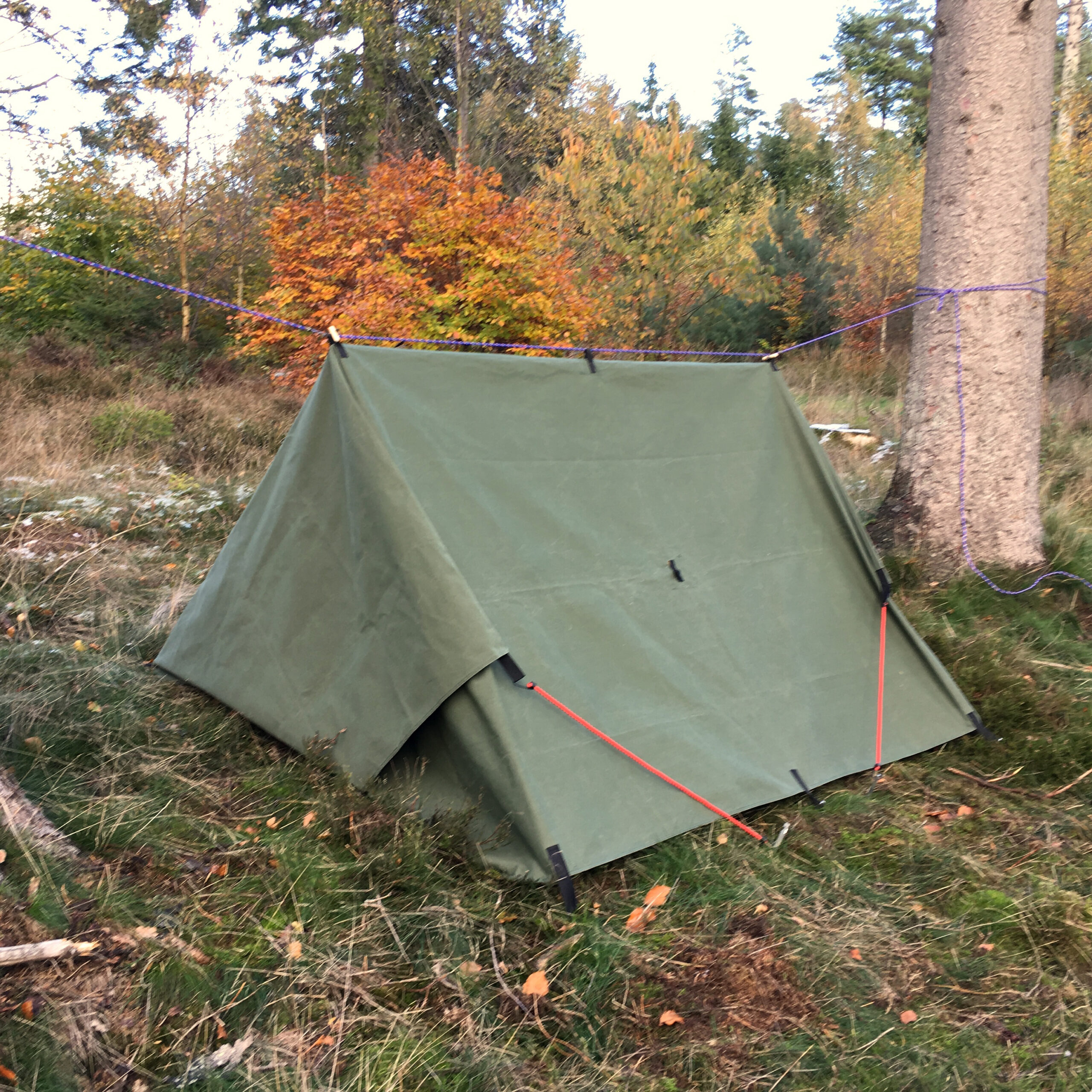Selecting the appropriate tarpaulin for a camping trip may seem like a little choice, but it can totally affect your outdoor experience. A tarpaulin will keep you safe from bad weather, give you more room to live, and help you build a nice, safe camping area. Finding the right size might be difficult, though, as several elements from the kind of tent you intend to erect to the amount of people camping with you can affect it. Knowing these specifics guides you in making a wise decision and eliminating pointless worry once you arrive at your campsite.
Among the most adaptable camping equipment you can carry is a tarpaulin. It can be used as a groundsheet, rain cover, windbreak, or even as a makeshift shelter. Given its many purposes, the size you select should fit your camping preferences. If a tarp is too small, it will limit your choices and leave you vulnerable to the elements. On the other hand, a tarp that is too big can be heavy, hard to move, and difficult to put up in small places.
Choosing the right size also influences how well the tarp stands up to sun, wind, and rain. Bigger tarps offer more coverage but could need tougher poles or trees to hold them firmly in place. Smaller Waterproof Tarpaulin, however, are better for single or light camping and simpler to transport. Considering your requirements before making a tarp purchase can help you save time, money, and possibly avoid aggravation while travelling.
Though medium and big sizes are most often utilised by campers, tarpaulins exist in a range of sizes. These usually range from 6×8 feet up to 20×30 feet or even bigger. The best size relies primarily on the number of campers, how you intend to use the tarp, and your desired kind of shelter.
Solo hikers, minimal setups, and basic gear protection all benefit from a smaller Tarpaulin like 6×8 or 8×10 feet. For small families or couples wishing more coverage for cooking or sitting spaces, medium sizes like 10×12 or 12×16 feet work well. Group camping, building large shade structures, or shielding several tents at once are ideally done with large tarps like 16×20 or 20×30 feet.
Usually, all you need if you’re camping alone is a medium-small tarpaulin. Since it provides adequate space to comfortably shelter yourself and your stuff, many lone campers choose something roughly 8×10 feet. This size can serve as a basic lean-to shelter or as a hammock roof cover. It is basic to install without external support, lightweight, and simple to fold.
Solo backpackers usually opt for a Waterproof Tarpaulin constructed of lightweight materials so they can remain dry without significantly increasing the load of their bag. A little tarp also serves well as a groundsheet to keep your tent floor free of muck and moisture.
Couples on a camping trip often require a little more room not only for additional sleeping area but also for keeping luggage, shoes, and cooking equipment. Comfortable coverage comes from a 10×12 or 12×14 foot tarp. This size provides plenty of room for a cooking area or a sitting area where you can unwind during wet days. Should you want to put a tarp above your tent for further rain protection, a medium-sized Canvas Tarpaulin is a robust and dependable choice. Your refuge feels more natural and airy since canvas fabric provides good coverage while yet allowing ventilation.
Three or more individuals on your camping trip will probably necessitate a bigger tarpaulin. For group camping, a 16×20 or 20×20 foot tarp is ideal since it can cover many tents or provide a big communal area for resting, dining, and food preparation. Especially when the weather turns erratic, bigger tarps offer more wind protection and shade.
Big tarps help families with children especially since they provide children a safe place to play and provide enough room for movement. Especially during the wet season, a Waterproof Tarpaulin is perfect in these situations since it keeps your whole camp dry and comfortable.
A Waterproof Tarpaulin is ideal as a tent cover since its moisture-resistant surface keeps water from seeping through. The aim is to provide an additional layer of defence that enables you to sleep soundly whatever the weather and keep your tent dry.
Choose a size that corresponds to your tent floor or is somewhat bigger if you wish your tarpaulin to function as a groundsheet. A tarp of the same size is ideal as most two-person tents have a floor area of roughly 7×7 or 8×8 feet.
Because they shield your tent from moisture, pests, roots, and rocks, groundsheets have to be resilient. For this use, a Canvas Tarpaulin is a great option since it is robust and less prone to tear.
If you’re trying to build a cooking area, a seating area, or a sunshade, you need a tarp big enough to let you move around under it. For this purpose, most campers select a tarp ranging between 12×16 and 16×20 feet. This size is ideal for shielding your camping kitchen from sunshine or rain and provides adequate room for tables and chairs. Larger tarps also enable you to build taller shelters, so you have more space above you. This simplifies cooking and creates a fun, roomy campsite.
The tarpaulin material also influences the size you pick. For instance, a big Canvas Tarpaulin might weigh more than an equivalent-sized synthetic tarp, therefore you should consider how far you intend to move it. Ideal for extended camps or staying in one location for a few days, canvas is strong and breathable. Lightweight waterproof tarps are also simpler to pack and more suitable for shorter weekend trips or backpacking.
While a lightweight Waterproof Tarpaulin of the same size might be simpler to lift and attach to trees or poles, a big tarp constructed from thick canvas can be more difficult to manage during setup. Thinking on the fabric and the size will help you to find a tarp fit for your camping approach and simple to utilize.
Selecting the best tarpaulin depends much on the weather. Choose a tarp big enough to totally cover your camping area and keep water away from your tent if rain is anticipated. Better run-off angles from a larger tarp will keep water from collecting above your shelter. Get More Articles
Many campers choose a Waterproof Tarpaulin on wet or windy days since it provides trustworthy defense even during major storms. A canvas tarp offers better shade than synthetic fabrics if you are camping during hot summer days. For big shade shelters, canvas is ideal since it lowers heat accumulation.
Choosing a tarp that complements your camping preferences and knowing your demands will guide you in choosing the appropriate tarpaulin size. While families need more coverage, solo campers should go for smaller tarps; all campers have to take into account the temperature and available space at the campsite. Decide on the size you want depending on whether you value the lightweight coverage of a Waterproof Tarpaulin or the toughness of a Canvas Tarpaulin.

